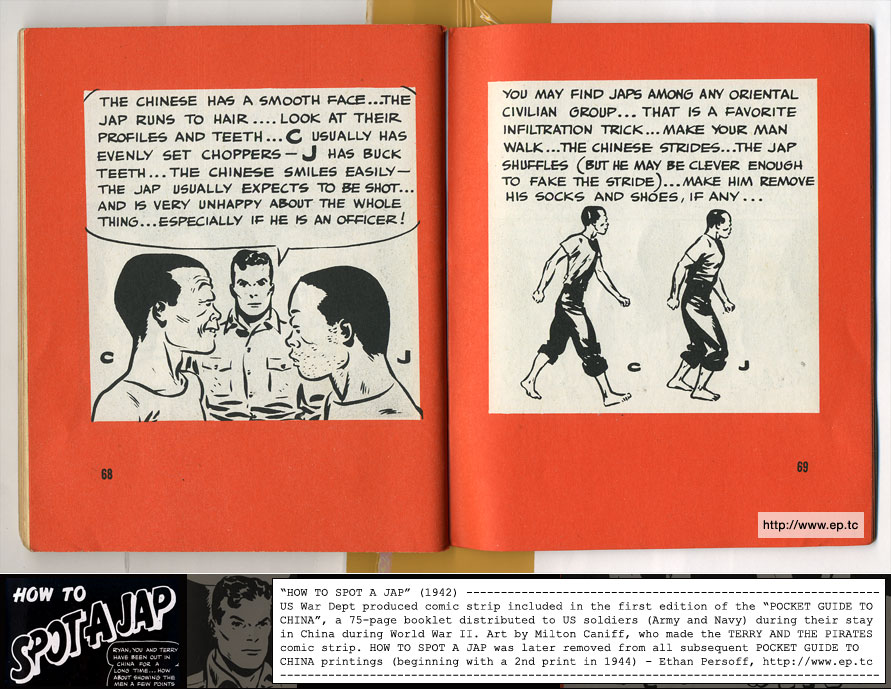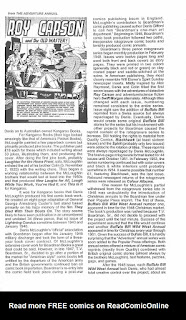This is different than I normally post here -- it's an appreciation of
Sheena (Fiction House)
I've been reading as many reprints of Golden Age comics as I can manage each day. (Some days that's one comic, some days that's half an omnibus.)
I say "manage" because some are a slog. Some are written and drawn by folks who don't understand that they aren't drawing a string of daily comic strips. Others seem to think that a children's medium doesn't require things like "backgrounds" (and so seemingly random changes in color field behind a talking head constitute all the background we get).
And then, I started reading PS Artbooks' Sheena.
It's a breath of fresh air, really. There are a ton of problems (especially with the depiction of colonialism and of indigenous peoples, unsurprising given its age), but the storytelling is leaps and bounds above its contemporary comics.
These three panels: the antagonist rushes the protagonist, is flipped, and the protagonist stands tall, in a taller panel than any featuring the antagonist. Crisp, clear, visual storytelling, left to right. Without any of the words, the pictures tell the story.
These three panels -- the branch and the horizon lines form a single arc, tracing the path of the monkey and drawing our eyes across the three panels for the telling of story.
The three panels in the middle of this page: In the leftmost panel, Sheena faces right, toward the center panel. She walks forward in the next panel with her tiny monkey friend trailing behind her. Then, in the rightmost panel, she's back to facing right, this time facing the enemy.
What strikes me most about this is the fluidity of 'camera' motion and the way that there is no mistaking the tiny monkey for the large one. It's not just about scale -- the camera has established one monkey behind her, one monkey ahead of her.
It's all very clever. The ending puzzles me a bit. The antagonist and Sheena declare that "we're friends now" after several pages of murderous plotting.
I can't tell whether this easy resolution is a product of what was presumed to be a children's audience (making friends is what children do after any conflict on the playground, yeah?) or whether this easy resolution comes from gender norms. I can imagine two male characters becoming lifelong rivals and enemies at the end of this strip.
Could Moriarty ever tells Holmes "I can't understand what made me so blind?"
Wikipedia tells me that despite the credit to W. Morgan Thomas, the artist was likely Will Eisner. I can see it. What do you think of these panels? I am too easily wowed?

















